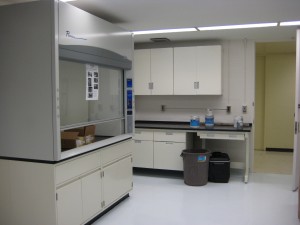I recently contributed to a nicely designed and pretty comprehensive study of the molecular mechanisms responsible for the innate immune memory in a pulmonate freshwater snail, Biomphalaria glabrata. Indeed, it has recently been demonstrated by my colleagues at the University of Perpignan that snails that have been exposed once to the parasite Schistosoma mansoni are protected against future expositions to the same parasite (Portela et al., 2013). Most importantly, this “acquired resistance”, or innate immune memory response is highly specific. The level of protection decreased with increasing genetic distance between the parasite used for the primo-infection and secondery challenge. But how does this work??? This is what this publication is all about:
Pinaud S, Portela J, Duval D, Nowacki F, Olive M-A, Allienne J-F, Galinier R, Dheilly NM, Kieffer-Jaquinod S, Mitta G, Théron A, and Gourbal B. 2016 A shift from cellular to humoral responses contributes to innate immune memory in the vector snail Biomphalaria glabrata. Plos Pathogens. In Press Link
With a Combination of microscopy, transcriptomics, proteomics, RNA interference and Plasma transfer, we demonstrated that this response is based in humoral immune factors and characterized some of these key molecules.
This study is a game changing, revealing for the first time the underlying mechanisms of innate immune memory in an invertebrate. Can invertebrates mount an immune response akin to the adaptive immune system of vertebrates ?
Abstract
Discoveries made over the past ten years have provided evidence that invertebrate antiparasitic responses may be primed in a sustainable manner, leading to the failure of a secondary encounter with the same pathogen. This phenomenon called “immune priming” or “innate immune memory” was mainly phenomenological. The demonstration of this process remains to be obtained and the underlying mechanisms remain to be discovered and exhaustively tested with rigorous functional and molecular methods, to eliminate all alternative explanations. In order to achieve this ambitious aim, the present study focuses on the Lophotrochozoan snail, Biomphalaria glabrata, in which innate immune memory was recently reported. We provide herein the first evidence that a shift from a cellular immune response (encapsulation) to a humoral immune response (biomphalysin) occurs during the development of innate memory. The molecular characterisation of this process in Biomphalaria/Schistosomasystem was undertaken to reconcile mechanisms with phenomena, opening the way to a better comprehension of innate immune memory in invertebrates. This prompted us to revisit the artificial dichotomy between innate and memory immunity in invertebrate systems.
Author Summary
Schistosomiasis is the second most widespread tropical parasitic disease after malaria. It is caused by flatworms of the genus Schistosoma. Its life cycle is complex and requires certain freshwater snail species as the intermediate host. Given the limited options for treating S.mansoni infections, much research has focused on a better understanding of the immunobiological interactions between the invertebrate host Biomphalaria glabrata and its parasite S. mansoni. Recently, we demonstrated the existence of a time-dependent and genotype-dependent acquired innate immune memory in B. glabrata snails. A primo-infection of the Lophotrochozoan vector snail, Biomphalaria glabrata, with Schistosoma mansoni totally protected the snail against a secondary challenge. Learning more about the immunobiological interactions between B. glabrata and S. mansoni could have important socioeconomic and public health impacts by changing the way we attempt to eradicate parasitic diseases and prevent or control Schistosomiasis in the field.


